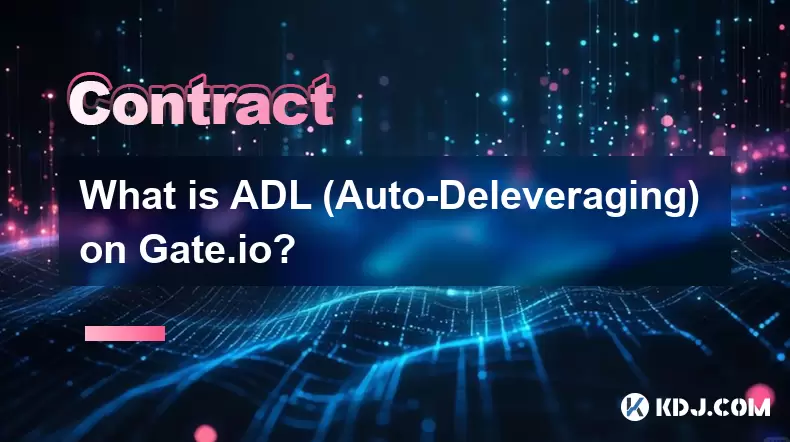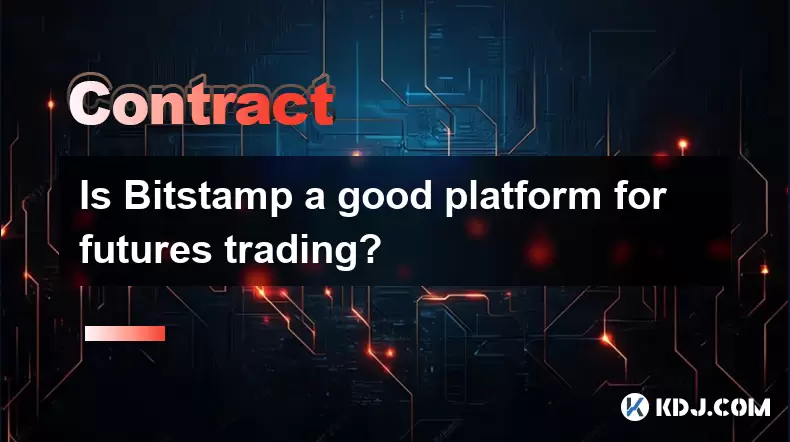-
 Bitcoin
Bitcoin $118900
1.66% -
 Ethereum
Ethereum $3735
1.35% -
 XRP
XRP $3.506
0.71% -
 Tether USDt
Tether USDt $1.000
-0.01% -
 BNB
BNB $799.4
5.78% -
 Solana
Solana $202.0
1.87% -
 USDC
USDC $0.9999
0.00% -
 Dogecoin
Dogecoin $0.2661
1.89% -
 Cardano
Cardano $0.8877
1.59% -
 TRON
TRON $0.3173
2.45% -
 Hyperliquid
Hyperliquid $45.00
2.59% -
 Stellar
Stellar $0.4723
3.40% -
 Sui
Sui $3.970
1.32% -
 Chainlink
Chainlink $19.67
1.94% -
 Hedera
Hedera $0.2710
1.99% -
 Avalanche
Avalanche $25.74
-0.01% -
 Bitcoin Cash
Bitcoin Cash $528.1
1.98% -
 Litecoin
Litecoin $120.1
3.57% -
 Shiba Inu
Shiba Inu $0.00001525
1.26% -
 UNUS SED LEO
UNUS SED LEO $8.989
-0.01% -
 Toncoin
Toncoin $3.304
1.74% -
 Polkadot
Polkadot $4.531
3.38% -
 Uniswap
Uniswap $10.74
2.51% -
 Ethena USDe
Ethena USDe $1.001
0.00% -
 Monero
Monero $325.5
2.44% -
 Pepe
Pepe $0.00001413
1.31% -
 Bitget Token
Bitget Token $4.860
0.85% -
 Dai
Dai $0.9999
0.01% -
 Aave
Aave $307.3
-2.07% -
 Bittensor
Bittensor $448.8
2.91%
What is ADL (Auto-Deleveraging) on Gate.io?
ADL on Gate.io kicks in when liquidations outpace the insurance fund, auto-closing profitable offsetting positions to maintain market stability.
Jul 23, 2025 at 06:08 am

Understanding ADL (Auto-Deleveraging) on Gate.io
ADL, or Auto-Deleveraging, is a risk management mechanism used by Gate.io in its futures trading platform. It activates when a leveraged position is liquidated and the insurance fund cannot fully absorb the resulting loss. In such cases, the system automatically closes offsetting positions from profitable traders to cover the deficit. This ensures the solvency of the entire futures market without relying on external bailouts. The key purpose of ADL is to maintain market integrity and prevent systemic insolvency when extreme price movements occur.
How ADL Differs from Traditional Liquidation
Traditional liquidation involves the forced closure of a losing trader’s position when their margin falls below the maintenance threshold. This process typically uses the insurance fund to absorb any remaining loss. However, ADL only triggers when the insurance fund is insufficient—a rare but critical scenario. Unlike standard liquidation, ADL impacts other traders’ positions, specifically those that are profitable and opposite in direction to the liquidated position. This means a long position might be partially closed to cover a liquidated short, and vice versa.
Step-by-Step: How ADL Works on Gate.io
- When a trader’s position is liquidated, Gate.io first attempts to use its insurance fund to cover the shortfall.
- If the insurance fund lacks sufficient balance, the system identifies profitable offsetting positions based on a predefined ranking system.
- These positions are ranked by their profitability ratio and leverage level, with highly profitable, high-leverage positions being prioritized for ADL.
- The system then automatically closes portions of these positions, starting from the most vulnerable (highest rank), until the loss from the original liquidation is fully covered.
- Affected traders receive notifications and can view ADL events in their account history under the “Auto-Deleveraging” tab.
ADL Ranking System Explained
Gate.io uses a transparent ranking mechanism to determine which positions are closed first during ADL. The ranking is based on two primary factors: - Profitability ratio: Positions with higher unrealized P&L are ranked higher.
- Leverage used: Higher leverage increases ADL risk.
For example, a trader holding a 5x long position with 20% unrealized profit may be ranked lower (safer) than a trader with a 20x long position and 35% unrealized profit. This system ensures fairness by targeting those who benefit most from market movements and use aggressive leverage. Traders can monitor their ADL rank in real-time via the futures trading interface.How to Reduce Your ADL Risk on Gate.io
To minimize the chance of being impacted by ADL, traders should adopt proactive risk management strategies: - Avoid excessive leverage: Use lower leverage (e.g., 5x–10x) instead of maximum available leverage (e.g., 100x).
- Monitor your ADL rank: Gate.io displays this in the futures dashboard—stay in the lower ranks (e.g., Rank 5 or below).
- Close highly profitable positions manually: If your unrealized profit is large, consider taking partial profits to reduce exposure.
- Set stop-losses and take-profits: These help manage position size and reduce the chance of being auto-closed during ADL.
- Stay updated on market volatility: High volatility increases ADL likelihood—reduce position size during such periods.
Where to Find ADL Records on Gate.io
Gate.io provides full transparency for ADL events. To view your ADL history: - Log into your Gate.io account.
- Navigate to the Futures section and select “Account” or “History.”
- Click on the “Auto-Deleveraging” tab.
- Here, you’ll see a detailed log including the timestamp, position type, amount closed, and reason for ADL.
This record is crucial for reconciling unexpected position changes and understanding how ADL impacted your portfolio during volatile market conditions.Frequently Asked Questions
Does ADL happen every time a position is liquidated?
No. ADL only occurs when the insurance fund cannot fully cover the loss from a liquidation. Most liquidations are absorbed by the insurance fund without triggering ADL.Can I be notified before ADL affects my position?
Gate.io does not provide real-time alerts for ADL risk. However, you can monitor your ADL rank continuously in the futures interface to assess exposure.Is ADL unique to Gate.io?
No. Other major exchanges like BitMEX, Bybit, and Binance also use ADL or similar mechanisms (e.g., “clawback” or “auto-deleverage”). Each exchange has its own ranking logic and thresholds.What happens to the funds recovered through ADL?
The recovered funds are used solely to cover the shortfall from the original liquidated position. They do not go into the insurance fund or benefit other traders directly—they restore balance to the matching engine.
Disclaimer:info@kdj.com
The information provided is not trading advice. kdj.com does not assume any responsibility for any investments made based on the information provided in this article. Cryptocurrencies are highly volatile and it is highly recommended that you invest with caution after thorough research!
If you believe that the content used on this website infringes your copyright, please contact us immediately (info@kdj.com) and we will delete it promptly.
- ONDO ETF Incoming? 21Shares and the Coinbase Custody Connection
- 2025-07-23 14:30:12
- Check Your Change! UK Coins Worth £40,000 Could Be Hiding in Plain Sight
- 2025-07-23 14:50:12
- PNC Bank & Coinbase: A New York Minute on Crypto Services Partnership
- 2025-07-23 14:50:12
- Crypto, India, and the COINS Act: A New Dawn for Digital Assets?
- 2025-07-23 14:55:12
- IREN's Bitcoin Mining Prowess Meets AI: An SOTP Valuation Deep Dive
- 2025-07-23 12:30:12
- Arca, PENDLE, and Kraken: Navigating DeFi's Institutional Currents
- 2025-07-23 11:10:11
Related knowledge

Why is my Bitstamp futures position being liquidated?
Jul 23,2025 at 11:08am
Understanding Futures Liquidation on BitstampFutures trading on Bitstamp involves borrowing funds to open leveraged positions, which amplifies both po...

Does Bitstamp offer inverse contracts?
Jul 23,2025 at 01:28pm
Understanding Inverse Contracts in Cryptocurrency TradingIn the realm of cryptocurrency derivatives, inverse contracts are a specific type of futures ...

How to find your Bitstamp futures trade history?
Jul 23,2025 at 08:07am
Understanding Bitstamp and Futures Trading AvailabilityAs of the current state of Bitstamp’s service offerings, it is critical to clarify that Bitstam...

Can I use a trailing stop on Bitstamp futures?
Jul 23,2025 at 01:42pm
Understanding Trailing Stops in Cryptocurrency TradingA trailing stop is a dynamic type of stop-loss order that adjusts automatically as the price of ...

How to trade ETH perpetuals on Bitstamp?
Jul 23,2025 at 03:28am
Understanding ETH Perpetual ContractsETH perpetual contracts are derivative products that allow traders to speculate on the price of Ethereum without ...

Is Bitstamp a good platform for futures trading?
Jul 23,2025 at 04:00pm
Understanding Bitstamp’s Futures Trading OfferingsBitstamp, one of the longest-standing cryptocurrency exchanges, has expanded beyond spot trading to ...

Why is my Bitstamp futures position being liquidated?
Jul 23,2025 at 11:08am
Understanding Futures Liquidation on BitstampFutures trading on Bitstamp involves borrowing funds to open leveraged positions, which amplifies both po...

Does Bitstamp offer inverse contracts?
Jul 23,2025 at 01:28pm
Understanding Inverse Contracts in Cryptocurrency TradingIn the realm of cryptocurrency derivatives, inverse contracts are a specific type of futures ...

How to find your Bitstamp futures trade history?
Jul 23,2025 at 08:07am
Understanding Bitstamp and Futures Trading AvailabilityAs of the current state of Bitstamp’s service offerings, it is critical to clarify that Bitstam...

Can I use a trailing stop on Bitstamp futures?
Jul 23,2025 at 01:42pm
Understanding Trailing Stops in Cryptocurrency TradingA trailing stop is a dynamic type of stop-loss order that adjusts automatically as the price of ...

How to trade ETH perpetuals on Bitstamp?
Jul 23,2025 at 03:28am
Understanding ETH Perpetual ContractsETH perpetual contracts are derivative products that allow traders to speculate on the price of Ethereum without ...

Is Bitstamp a good platform for futures trading?
Jul 23,2025 at 04:00pm
Understanding Bitstamp’s Futures Trading OfferingsBitstamp, one of the longest-standing cryptocurrency exchanges, has expanded beyond spot trading to ...
See all articles

























































































